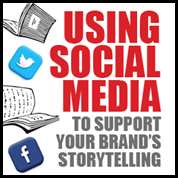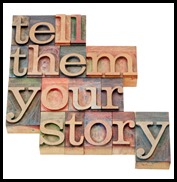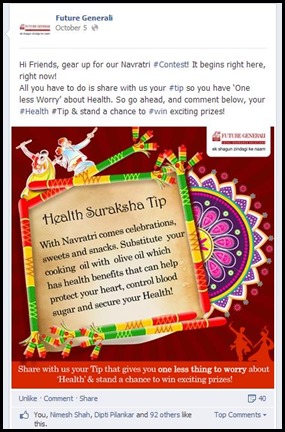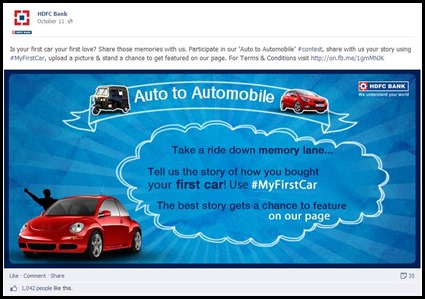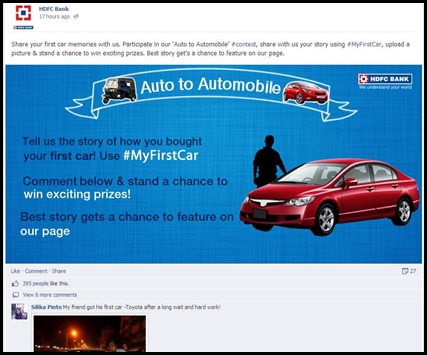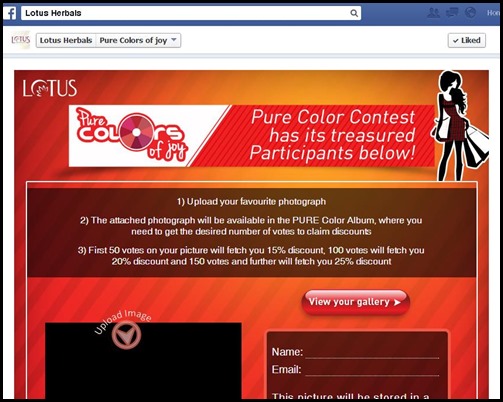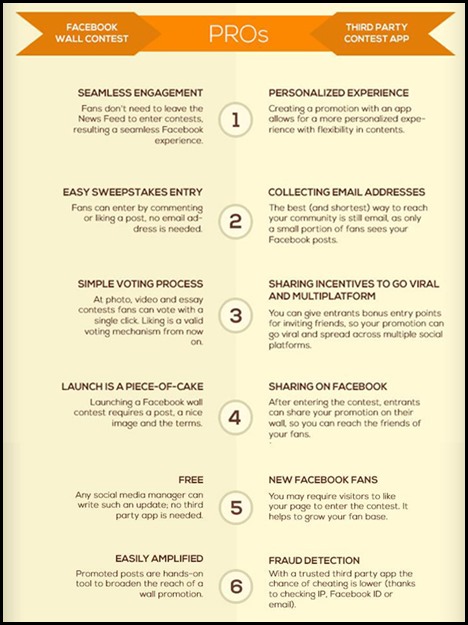We all are aware that Search Engine Optimization (SEO) is a crucial part of any business’s digital marketing strategy. It involves optimizing your website and its content to rank higher on Search Engine Results Pages (SERPs) for relevant keywords and phrases. You can drive more traffic to your website, increase brand awareness and generate more leads for your business.
But, SEO can be a complex and time-consuming process, especially if you’re doing it manually. However, there are plenty of SEO tools available that can help streamline the process and make it more smooth and efficient.
Let us guide you through some tools that will make SEO easier for you and help you generate leads through digital marketing.

Best SEO Tools to Help You Generate Leads for Your Business
Ahrefs
Ahrefs is a comprehensive SEO tool that offers a wide range of features to help you improve your website’s ranking. It has a powerful backlink analysis tool that allows you to see who is linking to your website, what anchor text they’re using, and the quality of those links. It also provides keyword research tools, site auditing features, and competitor analysis tools. With Ahrefs, you can track your search engine rankings and monitor your website’s health to ensure it’s performing at its best.
SEMrush
SEMrush is another popular SEO tool that offers a wide range of features to help you improve your website’s ranking. It provides a comprehensive suite of tools for keyword research, competitor analysis, site auditing, and more. One of the unique features of SEMrush is its ability to track your website’s position in local search results, which is especially useful for businesses that serve a specific geographic region.
Moz
Moz is a well-known SEO tool that offers a range of features to help you improve your website’s ranking. It provides a site auditing tool that can identify technical issues on your website that may be impacting your search engine ranking. It also offers a keyword research tool, competitor analysis tools, and a link-building tool that can help you earn high-quality backlinks to your website.

Google Analytics
Google Analytics is a free tool that provides valuable insights into your website’s performance. It can help you track the number of visitors to your website, where they’re coming from, and how they’re interacting with your website. This data can help you identify areas for improvement and optimize your website for better performance. For example, if you notice that a high percentage of your visitors are leaving your website after visiting only one page, you may need to improve your website’s user experience to encourage visitors to stay longer.
Google Search Console
Google Search Console is another free tool from Google that provides insights into your website’s performance. It can help you identify technical issues on your website, such as broken links or crawl errors, that may be impacting your search engine ranking. It also provides information on your website’s search engine visibility, including the keywords and phrases that are driving traffic to your website.
Yoast SEO
Yoast SEO is a popular WordPress plugin that can help you optimize your website’s content for search engines. It provides a range of features, including a content analysis tool that can help you ensure your content is optimized for your target keywords. It also provides a meta tag generator that can help you create optimized title tags and meta descriptions for your website’s pages.

Screaming Frog
Screaming Frog is a website crawling tool that can help you identify technical issues on your website that may be impacting your search engine ranking. It can crawl your entire website and identify issues such as broken links, duplicate content, and missing meta tags. It also provides data on your website’s structure, including its URL structure and internal linking.
SERPWatcher
SERPWatcher is a keyword-tracking tool that can help you track your website’s search engine ranking for specific keywords and phrases.
SEO tools reduce your efforts to individually do your keyword research and data analysis. They help you plan and improvise your strategies to grow your business. They give you timely reports on the performance of your website that help you analyse your work progress.
We at Windchimes Communications, promise services par excellence. We are a digital experiential agency committed to keeping you updated with the latest trends in digital trends. We believe in finding a simpler way of doing things.



